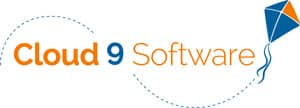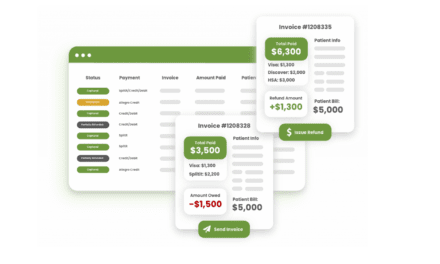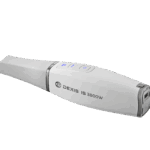The implementation of practice management software (PMS) can be a momentous task for any practice.
“Really, in any vertical, you’re always going to have challenges of adoption and socialization of change around new systems, new tools, new products—especially one as critical as a practice management system because it’s a fundamental change to the way they work every day and how to take care of patients,” said Tim Brannigan, MBA, Senior Vice President, Information Systems, at the SALT Dental Collective in Bend, Oregon.
Here are things all dental or orthodontic service organizations (DSO/OSO) can do to prepare for the roll-out of new software while minimizing challenges.
Get Staff Buy-in
Because implementing a new PMS is a decision that impacts all aspects of operations, it’s important to have the clinical leaders on board. Make sure the C suite, doctors, regional manager, directors and any personnel who oversee the practice are involved with the selection and implementation process. In addition, getting representation from front desk and chairside team members is also critical. Invite them to weekly calls, planning sessions and user testing. Be sure their questions and concerns are answered over the course of the project.
“Otherwise, they’re just going to feel like this was something thrown at them and they have no say,” said Brannigan.
During the actual go-live period, Brannigan stresses the importance of all personnel being present and ready to participate. With the offices closed, staff can have dedicated time just concentrated on learning the new tool without being pulled away every five minutes.
Rollout schedule
Another important piece of the puzzle is adhering to a structured rollout schedule. Although there is never an ideal time to shut down, Brannigan said it’s best to get the doctors to understand that the office must close for a few days in order to have a successful rollout.
“If you close shop for the day, that’s a direct revenue hit,” he said. “There’s no way around that. You’re going to lose money, but it has to be done.”
In June 2021, Brannigan worked with Cloud 9 on the implementation of their browser-based PMS at various dental and orthodontic practices. He describes the way they do the rollout as extremely structured and organized. The entire process was laid out months in advance, which helped the practices to be able to communicate that there would be 2 ½ days when patients would need to be rescheduled.
“People can’t be too terribly upset when you do it that far out,” he said.
Data hygiene
When transitioning from a legacy system to a new PMS, CSOs should look at how data will correlate. Brannigan says a helpful exercise with any integration is to create a data mapping document. Although tedious, taking this step will avoid problems such as fields not matching. Cleaning up the data after the fact will create more work.
“It’s a classic example of garbage in, garbage out,” said Brannigan.
On another note, he warns that CTOs should make sure to give vendors of legacy systems plenty of notice to provide data in time for the implementation. If it’s a new acquisition, that may involve ensuring all of the paperwork is signed to prevent further delays. It could be awkward leaving one vendor to go to another, Brannigan admits, but with enough planning, things should go smoothly so that data transfers take place when needed to avoid delays.
Customer support
Last, but not least, is the relationship between the vendor and the client. When it was time to go live with Cloud 9, Brannigan said they sent a “small army” to help with the rollout and they stood shoulder to shoulder with the staff as they learned the PMS. They were also on hand and easy to reach in the event of any challenges that came up.
“Of course, any system migration, big or small, there are going to be challenges but they bent over backwards to help us,” he said.
Brannigan’s experience demonstrates that a software implementation can go smoothly in large part because of the communication and rapport between the vendor and the client. He said Cloud 9’s people were friendly and trustworthy, which he claims made a big difference.
“The relationship that we’ve established with them is I’d go as far to say one of the best vendor/partner relationships I’ve had in the 30-plus years of being in this field,” said Brannigan.
He advises that CTOs put a lot of emphasis on the personalized relationship with the vendor and whether they can keep up with their customers’ needs.
Although the first month was challenging, as it would have been with any deployment due to user adoption issues, Brannigan says three months later, things have really settled down and he has been getting a lot of positive feedback from the user community. They like that the new system can do things that the last system couldn’t.
With these things in mind, CTOs can make the best of their implementation experience to minimize downtime and get the office back up and running as quickly as possible.
Managing Your Dynamic Observation System
Sponsored by
Medqor is committed to protecting and respecting your privacy. We may contact you about our products and services or share information with sponsorship partners, as well as other content that may be of interest to you. By submitting your information, you consent to us contacting you for this purpose in accordance with our privacy policy.
For further information, please check out our privacy policy here











